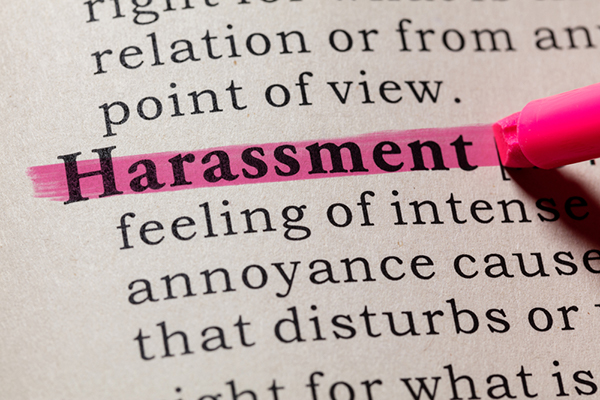
When a colleague makes a comment that is not sexual but feels cruel or unkind, you may be unsure what to do, if anything at all. While most people can identify sex and gender-related harassment, it can be difficult to navigate what other behaviors are “reportable.” What are the options? What if the intent was not to be offensive? What if it only happened once?
At the NIH, harassment and inappropriate conduct-related issues are not limited to sex or gender claims. In fact, according to the NIH Workplace Climate and Harassment Survey:
- Trainees, younger individuals, sexual and gender minorities, and individuals with disabilities are the most vulnerable populations with the highest incidence of harassment.
- 77.4% of individuals who had experienced some form of harassment and did not report formally did not do so because they did not think that the situation was “serious enough”.
To keep issues from escalating, inappropriate behaviors must be curbed swiftly. Workplaces permissive of incivility and related microaggressions are more likely to develop more egregious forms of misconduct or harassment.
According to NIH’s Anti-Harassment Policy and Guidance, harassment is defined as unwelcome, deliberate, or repeated unsolicited verbal or physical conduct based upon race, color, religion, sex, national origin, age, and disability (i.e., a protected class status), including, but not limited to, comments, gestures, graphic materials, physical contact, solicitation of favors. Additionally, even a single comment or isolated incident may be intimidating, hostile, or offensive enough to meet the threshold of “severe and pervasive.”
The entire NIH community, including trainees, contractors and visitors, must work together to recognize, report, and resolve harassment and inappropriate conduct. To that end, it is important that staff must be empowered to report inappropriate workplace behavior and know their options:
- Speak to individuals directly regarding minor incidents. Let them know the effect on you and give them the chance to apologize. Engage with the Office of the Ombudsman for advice regarding the best way to broach this discussion.
- Inform someone in NIH leadership of any concerns, especially if the situation is negatively impacting your ability to do your work.
- Know that the intent behind an inappropriate comment has no bearing on the negative impact.
- Report harassing behaviors early to the NIH Civil Program to prevent escalation.
- Explore filing an EEO complaint with the Office of Equity, Diversity, and Inclusion.
For more information, visit NIH’s Anti-Harassment Policy and Guidance and the EEOC harassment page on laws, regulations, and guidance.
Do you have a story idea for us? Do you want to submit a guest blog? If it's about equity, diversity, or inclusion, please submit to edi.stories@nih.gov.
For news, updates, and videos, follow or subscribe to EDI on: Twitter, Instagram, Blog, YouTube.






